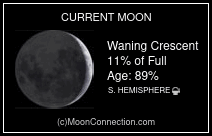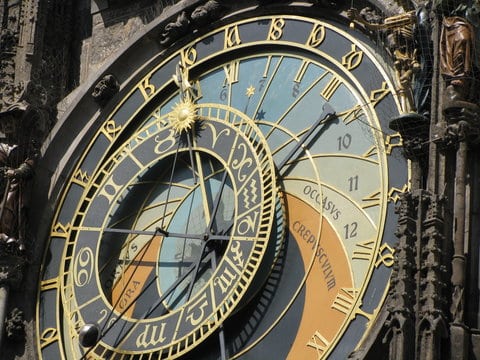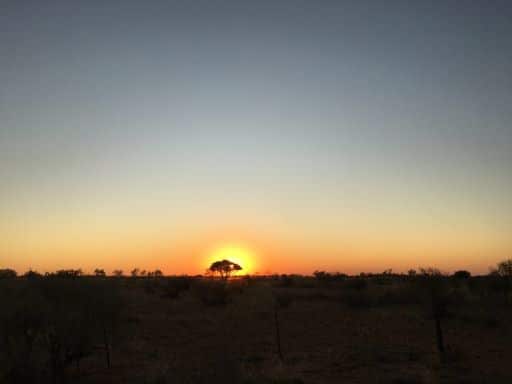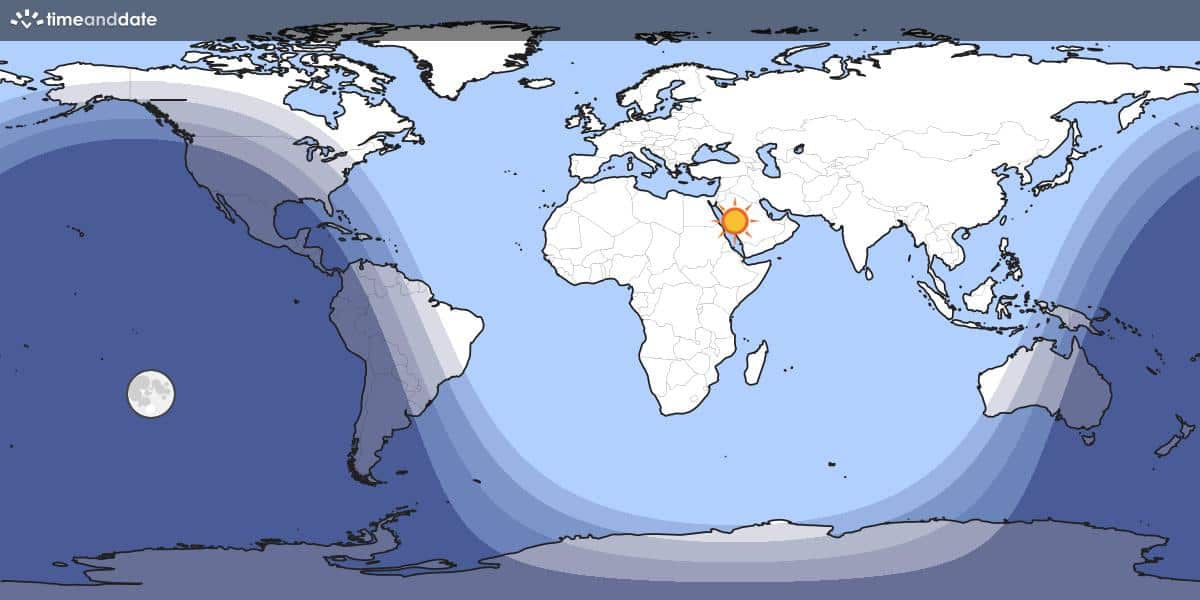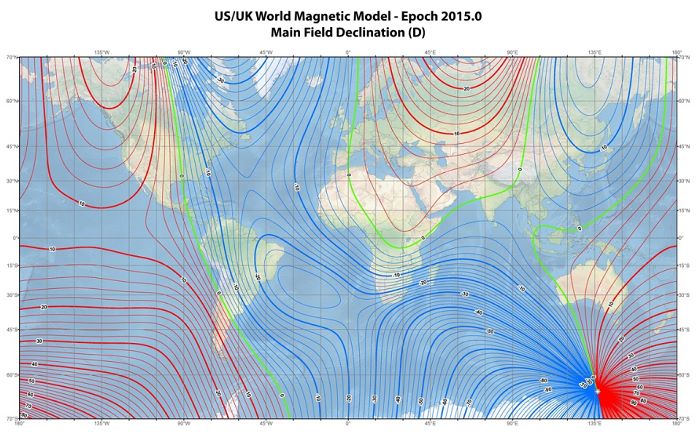N158 Superbubble
Steve Gottlieb’s Observations
NGC 2074 = LMC-N158C = ESO 057-8 = S-L 637 = LH 101
05 39 03 -69 29 54; Dor
V = 9.3; Size 3.5’x2.5′
24″ (4/10/08 – Magellan Observatory, Australia): this prominent HII region (N158C) and cluster (OB-association LH 101) appeared as a very bright, very large “C” shaped nebula surrounding a semi-circular chain or crown of stars open to the SW. Two bright mag 10.4 and 11 stars oriented SW-NE (50″ separation) lie on the NW end of this crown. The northeastern luminary consists of a 1.8″ pair of OB-stars (TDS 3273 = 11.4/11.8) and a mag 12.5 Wolf-Rayet star just 3″ W. The mag 10.4 B1.5-type supergiant to its SW (HD 269923) is the brightest single star in the cluster. In addition, a mag 12.5 star (O3-class supergiant) is situated on SE end of the chain. A bright knot of diameter ~35″ is superimposed on the general glow within the NE side of the “C”. At 216x at least 20 fainter stars were resolved in the chain besides the brighter stars at the ends.
NGC 2074 is part of a huge Superbubble complex (N158) stretching 11′ SW-NE with NGC 2081, a bright HII region that lies just 8′ NE. N158 is located roughly 20′ SSE of the center of the Tarantula Nebula.
Notes: James Dunlop discovered NGC 2074 = D 146 = D 149 = h2842 on 3 Aug 1826 and 24 Sep 1826. He simply described D 146 as “a small faint nebula” and his position is less than 4′ E. He recorded it again near the end of his second drift on 27 Sep 1826 and logged D 149 as a “faint nebula following 2 small stars, 1′ diameter.” The two stars are mag 10.4 and 11 on the W side of the nebula. The next object recorded in the drift was NGC 2080, which was accurately offset 9′ S.
John Herschel rediscovered NGC 2074 in 1834-1835. The exact sweep or date is unknown as the object was placed on a detailed sketch of the Tarantula Nebula (NGC 2070) region made over several nights in Nov 1834 and Dec 1835. He recorded it as “pL, pB, much extended, of irregular rounded and somewhat serpentine figure, much brighter in its following part; elongated generally in parallel. Involves 5 stars, 2 of which are 10th mag. See Notes in ‘First Approximation Towards a Catalogue of Objects in the Magellanic Clouds…’.”
NGC 2081 = LMC-N158A = ESO 057-13 = LH 104
05 40 00 -69 24 24; Dor
V = 9.9; Size 6’x3.5′
24″ (4/10/08 – Magellan Observatory, Australia): At 214x, this is a gorgeous star cloud consisting of two dozen stars in a 5′ region (stellar association LH 104, which is dominated by B-class supergiants), including many mag 13-14 stars as well as mag 12.2 HD 38489 (an extremely luminous blue variable!) on the NE side. HD 38472, a mag 13.2 Wolf-Rayet (Brey 95), is on the E side of the central grouping, and HD 38448, a mag 13.0 Wolf-Rayet (Brey 94), is on the W side.
Adding a UHC filter enhances a fairly bright HII glow that nearly surrounds the entire cluster in a triangular wreath (weak in the center)! The brightest portion is a ribbon with a brighter region (identified in SIMBAD as BSDL 2722) at one end just S of the cluster and extending due E. With closer inspection BSDL 2722 actually consists of a couple of knots and fainter streaks intersecting! Just beyond the E end of this ribbon is NGC 2091, a slightly elongated cluster that is collinear with the streamer. HDE 269936, a mag 11 “star” (an unresolved extremely compact cluster), is just off the SW side. NGC 2074, a bright HII region and cluster (part of the same complex N158), lies 8′ SW.
Notes: John Herschel discovered NGC 2081 = h2951 in 1834-1835. The exact sweep or date is unknown as this number is based on a detailed sketch of the Tarantula Nebula (NGC 2070) region made over several nights in Nov 1834 and Dec 1835). He simply noted a “Cluster VI of vF stars and nebula. See Catalogue of Nubecula Major.” His coordinates and placement on his chart of the LMC matches this association.



